15 Types of Septic Systems to Treat & Get Rid of Wastewater
Author: Omar Alonso | Editor: Omar Alonso
Review & Research: Jen Worst & Chris Miller

For the new homeowners, choosing one of the types of septic systems is far from easy. You have to consider its benefits, installation cost, longevity, and size. Then again, not all septic systems are well-suited for a specific kind of soil.
Just in case you're having second thoughts about the conventional units, it's time to explore new septic systems that can be way better.
Today we'll introduce you to all the main types of septic systems, starting from the usual gravity style to the latest ATUs.
After all, what better way to keep the plumbing up and running than to install a decent sewage system, right? So, if you're wondering which septic system will be the best for your house, you're indeed in the right place.
15 Types of Septic Systems
Nobody wants to end up with slow-draining sinks and tubs in their new house. But if you don't know what sewage treatment options are available or how a septic system even works, we can surely help. Let's go over all the different types of septic systems so you can compare the units.
Septic Tank
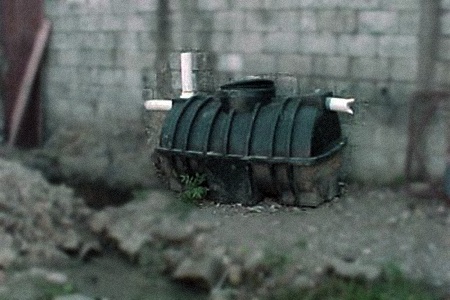
When we say septic tanks, you can imagine a gross, watertight tank that's buried deep underground. Find out just how deep a septic tank is buried here. All the raw wastewater is collected in this tank, where it stays long enough for the solids to separate from water.
Okay, but what happens to the water? A septic tank is not a full-on sewage treatment plant. It captures soil-clogging parts such as fats, grease, oils, and solids from contaminating the drain field. Even that can be a problem you end up needing home remedies for backed up septic tanks.
The tank provides a suitable environment for primary decomposition, but the real work is in the treatment units. You'll be using some variation of this system in a lot of older rural homes, no matter the types of toilets you have.
Gravity Septic System
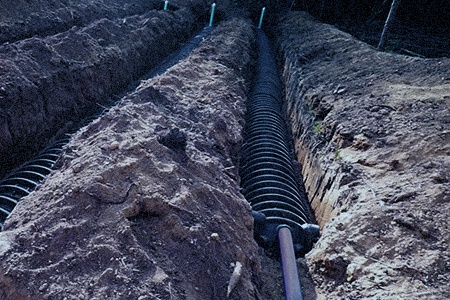
If you've recently started working out the sewage plan, there's a high chance your contractor already suggested a gravity septic system. Well, it's the conventional system for single-family homes. Not to mention, the most affordable too.
Moving forward, it utilizes the power of gravity to move and treat wastewater throughout the system. The benefits of these septic systems types include low installation and maintenance costs.
For example, it's only 4000 dollars for a four-bedroom system. You just need to pump out the septic tank once every three years, and that's it.
Our only problem with gravity septic systems is their large footprint. It's sometimes impossible to fit in a septic unit of this size.
On top of that, not all neighborhoods will give you the luxury of digging 30+ inches underground. So, for areas where the water levels are comparatively high, the next option is much better.
Pump Septic System
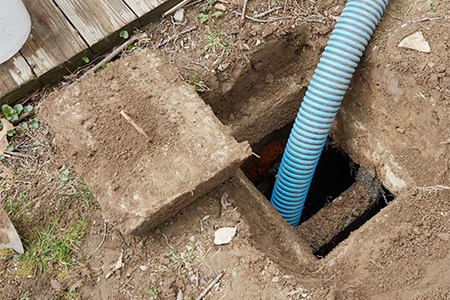
This model uses a pump and a separate tank to distribute the wastewater. It's very similar to gravity systems. The only difference is there's an additional pump tank next to the septic tank in a conventional pump septic system.
Currently, the cost of installing something like this for a four-bedroom house is only $5000 bucks. These are useful when you think about sinks, toilets, all the types of showers, types of dishwashers, and every other way we use water in the home.
So, is it worth spending an extra thousand dollars on a pump septic unit? Considering how well it works for homes where the drain field is uphill of the house, we're going to say - yes, it is.
Constructed Wetland System
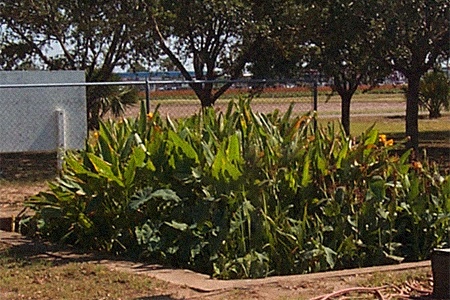
In these types of septic systems, the wastewater first travels from the septic tank to the wetland cell. After that, the water flows through the media, where plants, microbes, and other bacteria decompose their nutrients.
This wetland cell is protected by an impermeable liner, sand, and gravel. Plus, there are plants in the cell that naturally survive in wetland conditions.
As you can see, the entire system is big on decomposition and is a good choice for specific homes. This wetland system is achieved by gravity flow or pressure manifold systems.
Drip Distribution Systems
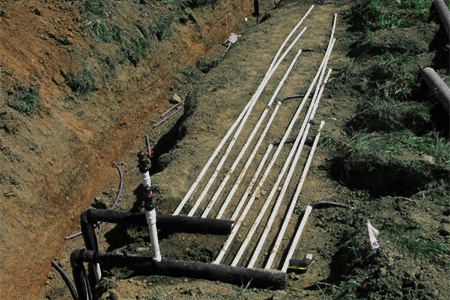
Our goal is to give you a clear idea about household sewage treatment plants and make sure you don't end up putting your money in the wrong project.
That said, drip distribution systems are going to be expensive. But they're also two of the most durable septic systems available for household use.
There are three main advantages of drip distribution systems. First of all, the drip laterals are placed into the top 12 inches of the soil. So, you don't need large mounds of dirt as you do with conventional septic systems.
Additionally, this unit releases a small amount of wastewater at frequent intervals, hence the name "drip distribution." but don't worry. If you have a three-bedroom house, there's no chance you're clogging up the drain lines.
In our experience, drip septic units minimize the risk of untreated water moving through the soil too quickly. You don't want dirty water flowing from whatever types of bathroom sinks you have straight into the soil. It has to be treated.
Aerobic Treatment
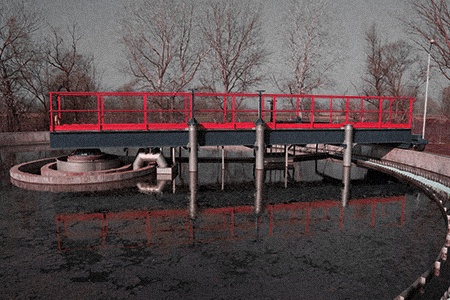
It's a variety of drip distribution systems, or should we say the most expensive septic systems of all? This unit is mostly compatible with 13 to 18-inch-deep soil. This particular system comprises a septic tank, filter module, pump, aerobic pre-treatment unit, and drip tubing.
The typical cost for a four-bedroom system stands at forty thousand dollars as we speak! It's because ATUs are as advanced as municipal septic plants, but for a single household. Let's see how it works.
In aerobic types of septic systems, oxygen is injected into the treatment facility, which increases bacterial growth within the plant.
These bacteria break down harmful particles and reduce pathogens in the effluent. Aerobic units require regular maintenance, but they're your best option if your house is relatively close to natural water bodies.
Anaerobic Treatment
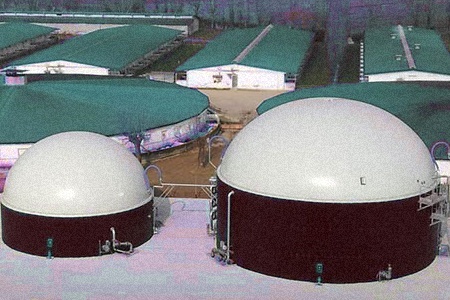
If you particularly liked aerobic treatment units but had fallen back because of the installation cost, anaerobic systems are worth considering. This one is made out of a septic tank, drip tubing, a hydraulic unit, and a pump.
As you can see, a pre-treatment plant is missing from the layout, which means you can have anaerobic systems installed at a lesser price. In fact, setting up this unit will cost half as ATU for a four-bedroom house.
The only problem is that you need a soil depth of 18 to 24 inches. Unlike aerobic plants, anaerobic units are surprisingly low-maintenance. Plus, they can solve your sewage issues at a medium price of 17,000 dollars, give or take a few.
Community System
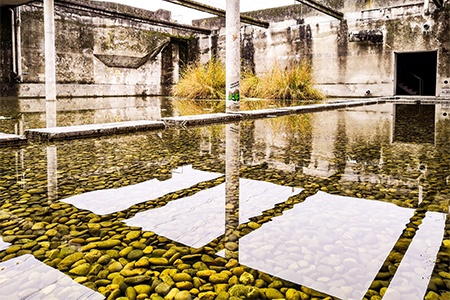
It's a shared wastewater management system for two or more houses in the same neighborhood. They're all connected to the disposal site through drain lines, and the wastewater is pumped out multiple times a day.
Chamber System
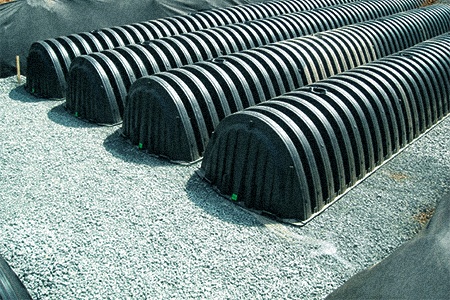
Chamber types of septic systems are very similar to the conventional septic system with a gravel trench that allows the waste water to seep out into the subsurface groundwater. The only difference here is that the infiltration system doesn't feature gravel.
These are only suitable for areas with high groundwater tables where microbes can treat the effluent effectively. These use, rather than gravel, fabric-wrapped pipes, polystyrene materials, and open bottom chambers for higher volumetric contact with the soil.
Pressure Manifold Septic System
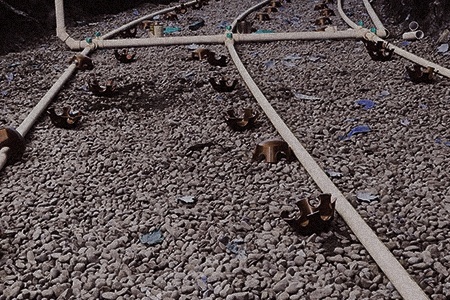
Like pump septic systems, these pressure manifold units are primarily built where the drain fields are located far away from the tank. The same applies to when the disposal area is up slope.
The pump distributes the effluent from the tank through the entire drain field as a group. So, this unit makes the best use of the drain fields. For a four-bedroom system, installing a pressure manifold system can cost about 6000 to 8000 dollars.
We prefer these space-saving units because they allow an easy discharge of your daily wastes. But if you're looking for something faster, see the LPP septic system below.
Low-Pressure Pipe Septic System
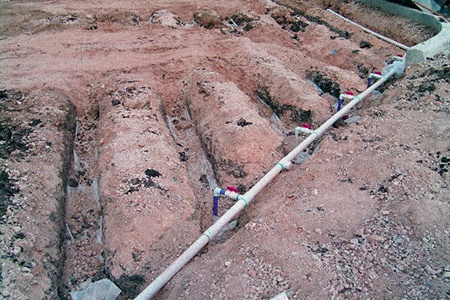
It's an increasingly popular pressure-dosed septic system for shallow soil depths. The layout constitutes a series of perforated drain lines along with the standard septic tank and pump tank.
The drain pipes are arranged in a symmetrical order in LPP systems. The drainage happens several times a day and is much faster compared to pressure manifold units. It takes about $12,000 to build an LPP system for a standard four-bedroom house.
Mound Systems
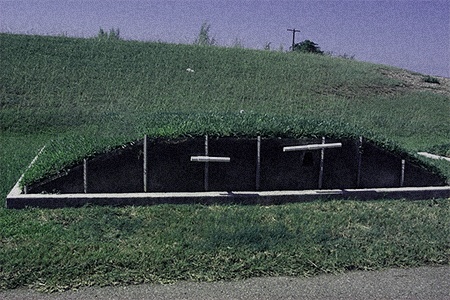
High groundwater, depthless soil, and shallow bedrock - if your house has any of these three things in common, it needs a mound system. Here, the effluent flows from the tank into the pump chamber. Then it gets pushed to the mound in specific doses.
Next, there's a field trench inside the mound where the treated and discharged effluent is gathered in these types of septic systems.
The sand layer finally filters the effluent, and then the wastewater safely spreads out in the soil. Mound systems may require periodic maintenance since the drain field is above the ground level.
Recirculating Sand Filter System
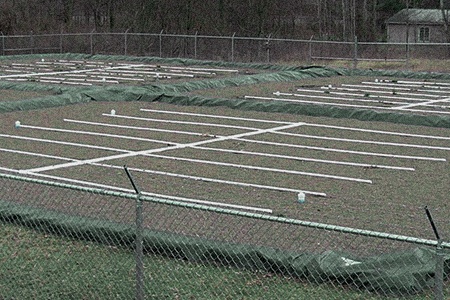
While pressure distribution systems are more popular, this is the only type of septic system that you can build above or below the ground. A recirculating sand filter system includes a PVC-lined sand filter box.
The effluent enters the box at low pressure and gets treated by the sand in these kinds of septic systems. At this stage, the solids remain at the bottom, and the wastewater is discharged into the drains in the drainfield.
Evapotranspiration System
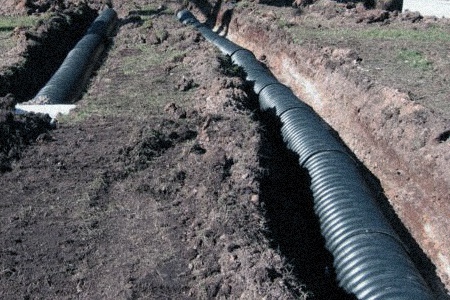
Neighborhoods with a shallow soil depth can incorporate the evapotranspiration system. The other requirements are a hot climate and a short monsoon season. This unit is famous for its unique drain fields. For example, they're lined with a watertight sealer.
When the wastewater flows into the drain field, it simply evaporates into the air. Therefore, in an evapotranspiration septic system, the effluent is never discharged into the soil or reaches groundwater.
Outdated Septic Systems
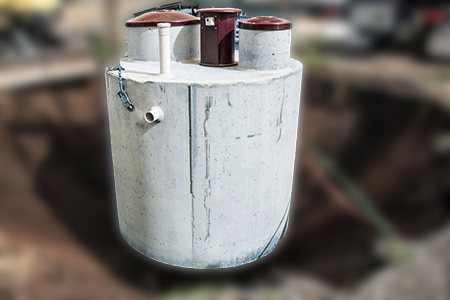
You'll want to stay away from cesspools and seepage pits. Both involve flowing the waste water into a bottomless tank which lets the water percolate and seep into the ground many feet deep. This can lead to contamination back-flowing into your pipes. You'll know it's happening because your toilet water will be brown and dirt can come out of your faucets.
With seepage pits the waste water at least would go through a first level of treatment in a septic tank before flowing out into a bottomless tank, but with a cesspool there's no treatment at all. These are outdated and don't meet code standards at all.
Types of Septic Systems for Every Building & Home
We've discussed all septic systems types for your new house. And now it's time for you to talk it over with the contractor! Depending on your chosen unit, the installation cost can range from $4,000 to $25,000 bucks for a four-bedroom house.
It's good to remember that investing in one of the quality types of septic systems is an excellent way to battle pollution and, of course, cut down future plumbing costs by a great deal.



